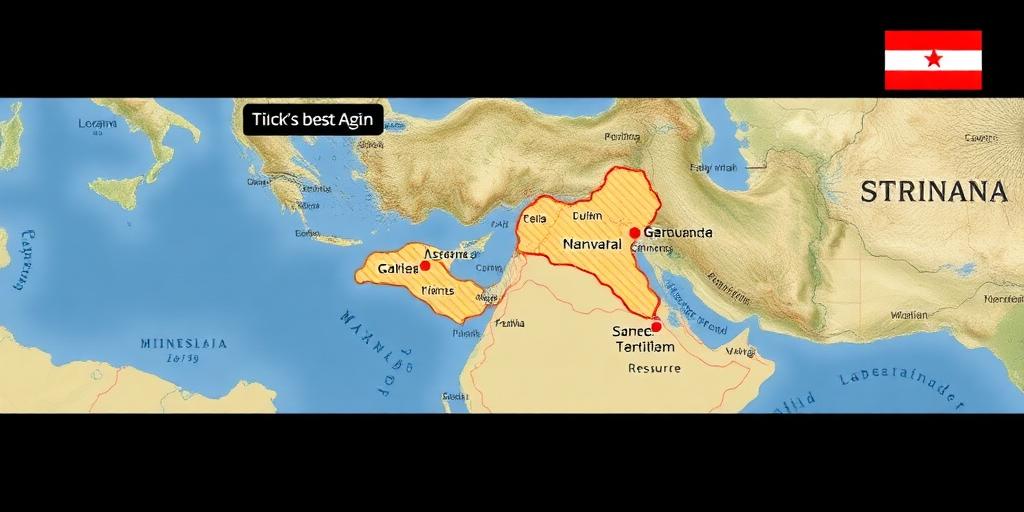The geography of contested territories is a complex and multifaceted field, encompassing the study of land, resources, and human populations within regions subject to competing claims of sovereignty. Understanding the geographical dimensions of these territories is crucial for comprehending the dynamics of conflict, the challenges of governance, and the prospects for peaceful resolution.
Key Geographical Factors in Contested Territories:
- Location and Strategic Importance: The geographical location of a contested territory often plays a significant role in the conflict. Territories located at strategic crossroads, near vital resources, or along important trade routes are more likely to be contested due to their perceived value and influence.
- Natural Resources: The presence of valuable natural resources, such as oil, gas, minerals, or water, can exacerbate conflicts over territorial control. Control over these resources can provide economic and political advantages to the dominant power.
- Physical Geography: The physical geography of a contested territory, including its terrain, climate, and natural barriers, can influence the nature of the conflict and the ability of different groups to control and access the land. Mountainous regions, dense forests, or arid deserts can pose challenges for military operations and governance.
- Demographics and Human Geography: The demographic composition and human geography of a contested territory, including the distribution of different ethnic, religious, or linguistic groups, can contribute to tensions and conflicts. Uneven distribution of resources, political power, or access to services can lead to grievances and demands for greater autonomy or self-determination.
Analyzing the Geography of Specific Contested Territories:
To illustrate the importance of geographical analysis in understanding contested territories, let's consider a few examples:
- The South China Sea: The South China Sea is a region subject to overlapping territorial claims by several countries, including China, Vietnam, the Philippines, Malaysia, and Brunei. The region's strategic location along major shipping lanes and its potential reserves of oil and gas have fueled territorial disputes and military tensions.
- Kashmir: The Kashmir region is a contested territory between India and Pakistan, with both countries claiming sovereignty over the entire region. The region's mountainous terrain, strategic location bordering both countries, and diverse ethnic and religious populations have contributed to a protracted conflict.
- The West Bank: The West Bank is a Palestinian territory occupied by Israel since 1967. The territory's proximity to Jerusalem, its fertile land, and its strategic location between Israel and Jordan have made it a focal point of the Israeli-Palestinian conflict.
Conclusion:
The geography of contested territories is a critical factor in understanding the dynamics of conflict, the challenges of governance, and the prospects for peaceful resolution. By analyzing the location, resources, physical geography, and human geography of these territories, we can gain a deeper understanding of the underlying causes of conflict and the potential pathways to a more sustainable and equitable future.









